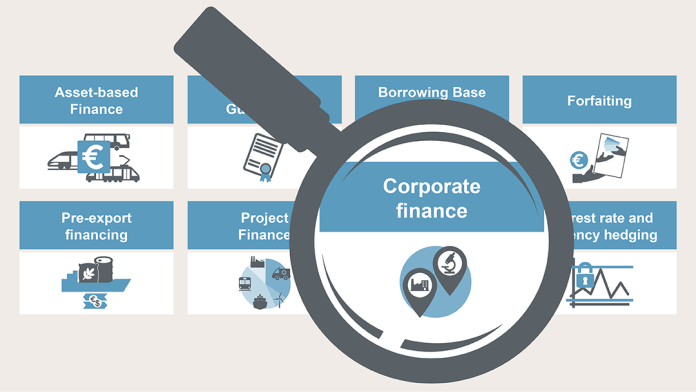Introduction: Financial markets serve as the vital arteries of the global economy, facilitating the exchange of funds, investments, and assets among individuals, businesses, and institutions. Within these markets, a diverse array of financial instruments are traded, allowing participants to manage risk, allocate capital, and generate returns. This article delves into the intricacies of financial markets and instruments, shedding light on their functions, types, and the role they play in shaping the world of finance.
Section 1: Understanding Financial Markets 1.1 Defining Financial Markets
- Explanation of financial markets as platforms for buying and selling financial assets.
- The role of financial markets in capital allocation and economic growth.
1.2 Types of Financial Markets
- Overview of primary and secondary markets, equity markets, debt markets, and money markets.
- The distinctions between organized exchanges and over-the-counter (OTC) markets.
Section 2: Key Players and Participants 2.1 Investors and Traders
- Identifying various types of market participants: retail investors, institutional investors, and traders.
- The differences between short-term traders and long-term investors.
2.2 Intermediaries
- The role of financial intermediaries, including brokers, dealers, and investment banks.
- How intermediaries facilitate trading and provide liquidity.
Section 3: Types of Financial Instruments 3.1 Equities (Stocks)
- Exploration of equities as ownership shares in companies.
- The potential for capital appreciation and dividend income.
3.2 Fixed-Income Instruments
- Introduction to bonds and other debt securities.
- How fixed-income instruments generate interest income and offer various risk profiles.
3.3 Derivatives
- Definition of derivatives and their role in managing risk and speculation.
- Exploring options, futures, swaps, and other derivative instruments.
3.4 Commodities and Commodities Futures
- Overview of commodities as tangible assets (e.g., gold, oil, agricultural products).
- How commodities futures contracts are used for hedging and trading.
3.5 Exchange-Traded Funds (ETFs) and Mutual Funds
- Explanation of ETFs and mutual funds as investment vehicles that pool funds from multiple investors.
- The benefits of diversification and passive investing.
Section 4: Market Efficiency and Information Flow 4.1 Market Efficiency
- The concept of market efficiency and the Efficient Market Hypothesis (EMH).
- The varying degrees of efficiency in different types of markets.
4.2 Information Flow
- How information dissemination impacts market behavior and price discovery.
- The role of news, data releases, and technology in influencing financial markets.
Section 5: Trading and Investment Strategies 5.1 Fundamental Analysis
- Explanation of fundamental analysis: evaluating securities based on financial data and economic indicators.
- How fundamental analysis informs investment decisions.
5.2 Technical Analysis
- Introduction to technical analysis: analyzing historical price patterns and trends.
- The use of charts and technical indicators in trading.
Section 6: Global Financial Markets 6.1 International Markets
- Exploring the interconnectedness of global financial markets.
- How geopolitical events and economic factors impact international markets.
6.2 Foreign Exchange (Forex) Market
- Overview of the foreign exchange market and the trading of currencies.
- Factors influencing currency exchange rates.
Conclusion: Financial markets and instruments form the intricate web that underpins the world of finance, providing a platform for capital allocation, risk management, and wealth generation. By understanding the functions of various markets and the characteristics of different financial instruments, individuals and institutions can make informed investment decisions and navigate the complexities of the financial landscape. Whether you’re a seasoned investor or a newcomer to the world of finance, a solid grasp of financial markets and instruments is essential for maximizing opportunities and achieving your financial goals.



